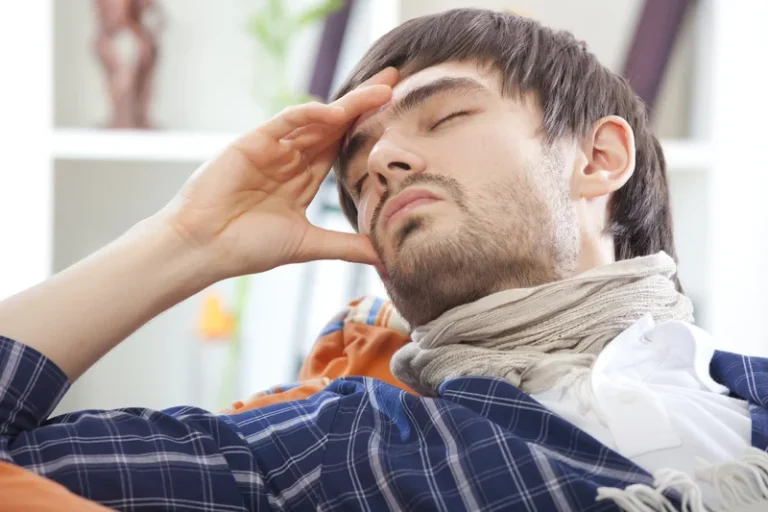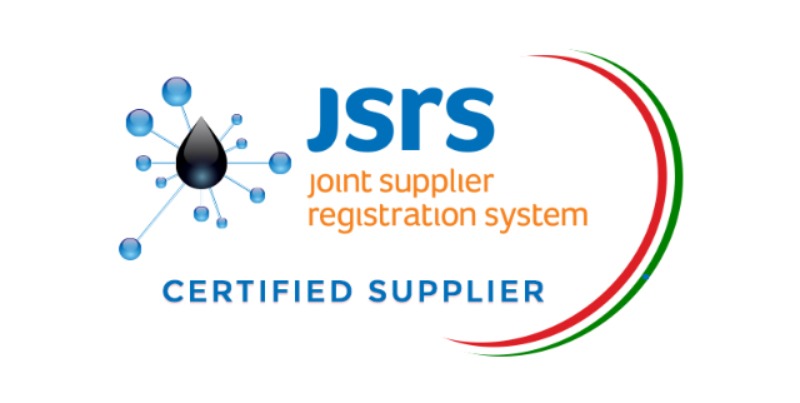- July 8, 2024
- Posted by: Murooj Al Alia
- Category: Sober living

Willpower is the hard way to quit drinking and not the Easyway to quit drinking. As long as you use a drug-free method that also ensures that you understand the psychological aspects of alcohol addiction – these tips will help you. While the abstinence stage of withdrawal causes mostly physical symptoms, post-acute withdrawal is very psychological and emotional. During this stage, most people focus their energy on coping with cravings and resisting the urge to drink. Recovery from alcohol addiction generally follows the stages of abstinence, withdrawal, repair, and growth.
Plan positive rewards ahead of time

People often need to address past trauma or familial issues during this time. Some people with a long history of alcohol misuse may start to experience seizures, which peak around 10 hours then taper off and subside entirely within 2 or 3 days. Minor, moderate, and severe withdrawal symptoms typically begin about 6 hours after the last drink is consumed.

Practical tips on giving up alcohol

Will quitting drinking solve all of your problems, in health and in life? If that’s where you’re setting your expectations, you might feel like you gave up something you loved (getting really drunk) for no good reason, even when that’s objectively not true. One way to combat that feeling, Dr. Koob says, is to check in with yourself after a few months of sobriety to take stock of the benefits you’re reaping.
- If your alcohol consumption has been heavy or chronic, you may be dependent on alcohol.
- Sunnyside is not designed to treat alcohol use disorder (AUD).
- This rare, emergency condition causes dangerous changes in the way your brain regulates your circulation and breathing, so it’s important to get to the hospital right away.
Consider professional support
This means that if you suddenly stop drinking, you may experience symptoms of alcohol withdrawal. Common alcohol withdrawal symptoms can include nausea, shaking, and sweating—which can be unpleasant or even dangerous. In order to quit drinking, you may need proper medical support to detox safely. While getting sober is an important first step, it is only the beginning of your recovery from alcohol addiction or heavy drinking. If you’ve become dependent on alcohol, cutting it out of your life may produce withdrawal symptoms, such as a rapid heartbeat, high blood pressure, sweating and shaking.

Crystal Raypole has previously worked as a writer and editor for GoodTherapy. Her fields of interest include Asian languages and literature, Japanese translation, cooking, natural sciences, sex positivity, and mental health. In tips to quit drinking particular, she’s committed to helping decrease stigma around mental health issues. Feeling at your best physically can boost resilience and emotional strength, equipping you to weather challenges that trigger the desire to drink.
Flexibility allows you to adapt to challenges without feeling like you’ve failed. These symptoms can happen even if you used to drink at relatively low levels, if you were drinking regularly. For most people they pass quite quickly, and are just a temporary blip before they start to feel the benefits of https://ecosoberhouse.com/article/making-living-amends-during-addiction-recovery/ cutting out alcohol. But if you experience these symptoms for more than about five days after stopping or find them particularly troublesome, your GP will be able to offer some advice.
- Getting healthier because you want to play with your kids, rather than an external pressure for appearances, makes you more likely to change your habits.
- If you’re having trouble doing the same things you used to do, try new hobbies to fill your time.
- Alcohol withdrawal symptoms usually start within hours after you stop drinking, peak in a day or two, and improve within five days.
- Information provided on Forbes Health is for educational purposes only.
This can lead to a vicious cycle, where we feel so badly about ourselves that we need something to either numb the pain or punish ourselves. And what better option than that very thing we feel like we can’t control? That can create a feedback loop of drinking even more alcohol or giving up entirely on the idea of drinking less. While the recovery period may be challenging, it’s also filled with milestones that can transform your life into one that’s better than you could have previously imagined. Recovery from AUD is marked by stages of abstinence, withdrawal, repair, and growth.
Body Scan Meditation
It also helps you regulate your emotions by increasing your ability to tune in and comfort yourself, making managing difficult emotions easier. Put all its benefits together, and it lets you cope with stress more healthily. Studies show that more self-compassionate people are less likely to turn to alcohol to cope with negative emotions. What we also didn’t learn was that negative emotions exist for a reason. To put it simply, we would never have learned how to start a fire if we weren’t cold or starving. As you start to get a better idea of what triggers you to drink, you can look for ways to intercept your patterns and routines.
- But quitting on your own can pose risks to your health and is unlikely to be successful.
- Quitting drinking can also help you improve your control over anger if you’ve experienced problems with rage and alcohol.
- There are effective treatment approaches that can help you quit, so talk to your doctor or a mental health professional if you need more help finding options that will work for you.
- Yet when you probe further they substantiate them as being “irritability, poor concentration, feeling shaky, feeling tired, difficulty sleeping or bad dreams”.
- We do not offer individual medical advice, diagnosis or treatment plans.
Among other things, you might find you have more energy, that you’re sleeping better, or that you’ve lost a fair amount of weight. Studies show that people who monitor their progress are more likely to succeed in changing their habits. It also makes progress visible, which leads to the feeling of reward and reinforces the new positive behavior. Tracking also lets you see patterns and measurable data, which can make it easier to recognize your triggers and tweak your strategies to overcome them. Try a habit-tracking app like Sunnyside, cell phone notes, or a journey to record your drinks.





 Hi, how can we help?
Hi, how can we help?